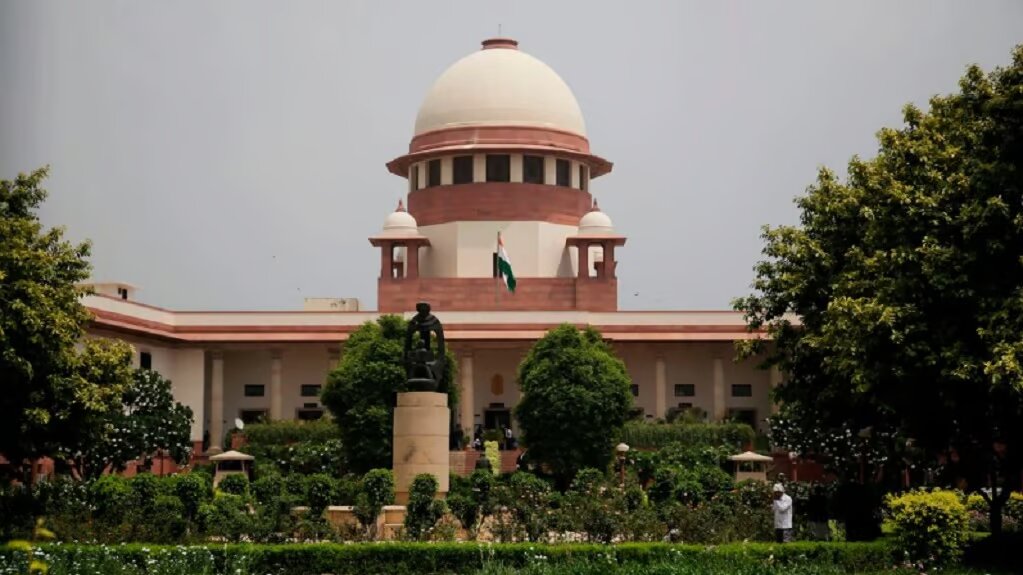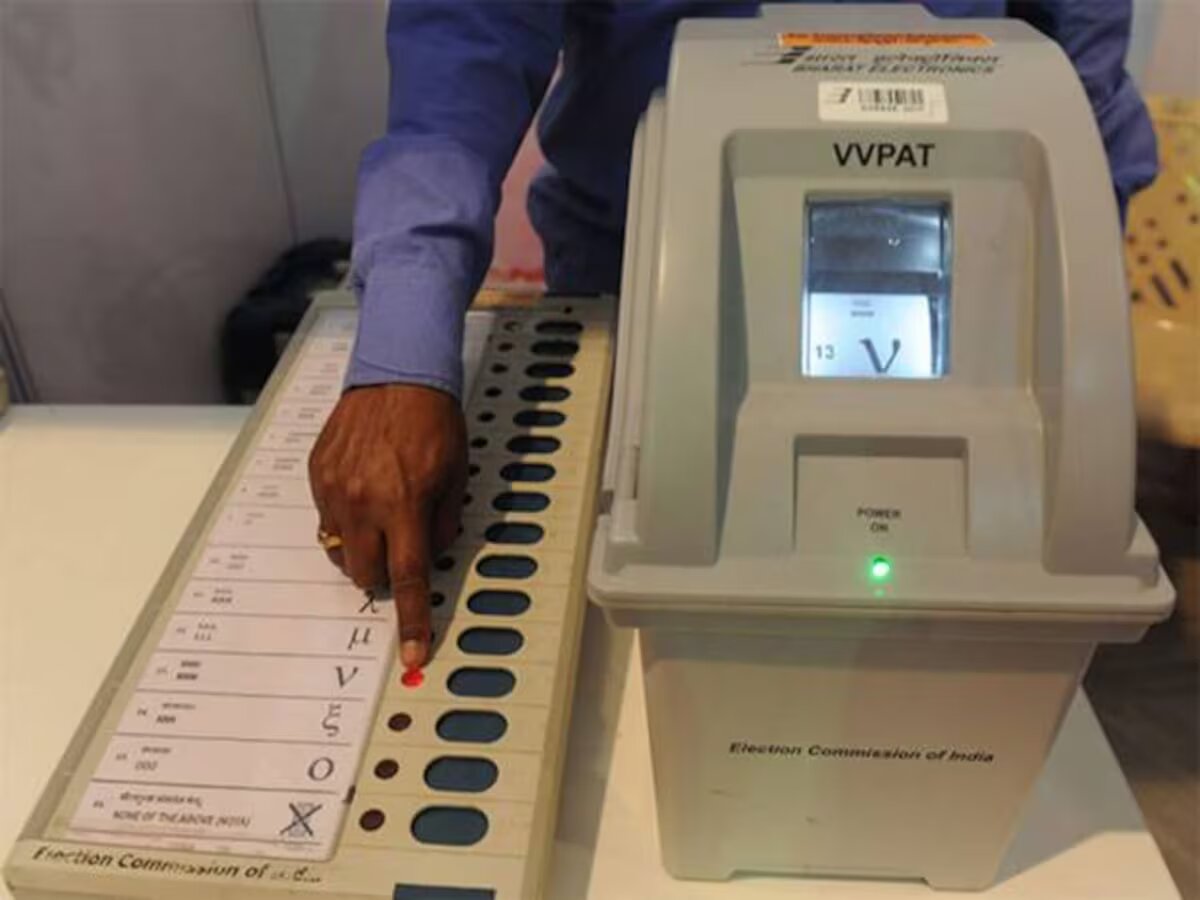By – Prakarsh Kastwar
A bench of Justice Sanjiv Khanna and Justice Dipankar Dutta delivered two judgments in the case. Delivering the verdict, Justice Khanna said that the court has rejected all the petitions related to VVPAT, including the petitions demanding elections through ballot paper.
The Supreme Court has rejected all petitions demanding 100% verification of Electronic Voting Machine (EVM) ballots via Voter Verifiable Paper Audit Trail (VVPAT) slips. In addition, the court rejected petitions for voting with ballot paper.
While announcing the verdict, the court issued two significant orders.
The Supreme Court has issued two orders. The first is that after the symbol loading process is completed, the Symbol Loading Units (SLUs) be sealed and stored for at least 45 days. Aside from that, the second instruction states that candidates will have the option of having the microcontroller program of the EVMs verified by a team of engineers following the announcement of results.The candidate has to apply within seven days after the declaration of results. The candidate will have to pay for the expenses himself.

Previously, on April 18, the bench reserved its verdict on the petitions following two days of continuous hearings. However, on Wednesday, the Supreme Court relisted the case. The Supreme Court then sought clarification from the Election Commission on a few issues.
After this, the court reserved its decision. While reserving the verdict, the Supreme Court stated that it cannot control elections or operate as a controlling authority for a constitutional body. The law has provisions that require the perpetrator to suffer repercussions. The court cannot grant mandamus only on the basis of suspicion.
The court said it could not alter the minds of those who question the benefits of voting machines and push for a return to ballots. Aside from that, while reserving the ruling on Wednesday, the bench summoned Deputy Election Commissioner Nitish Vyas to court and sought clarity on five matters. The court stated that we have reviewed the commonly asked questions (FAQs) about EVMs.
We demand clarification on three or four points. We do not want to be factually incorrect, but we want to be double confident of our decision, therefore we are seeking clarification. The bench asked five questions, including whether the microcontrollers implanted in EVMs are reprogrammable.
Vyas informed the court that microcontrollers are installed in all three units of the EVM : voting, control, and VVPAT. They can’t be accessed physically. These can only be programmed once. He stated that EVM machines are normally maintained safe for 45 days. The deadline for filing an election petition is extended. Vyas had earlier informed the court about the operation of the EVM.

